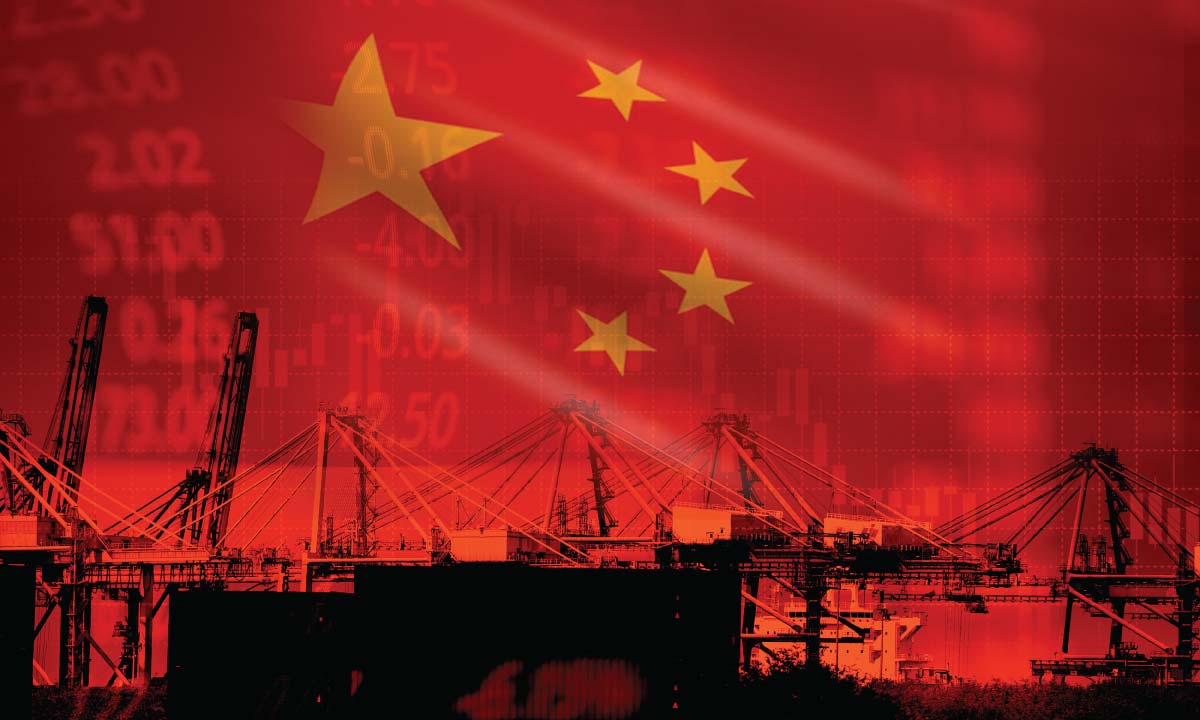Trade between the Gulf countries and China grew by 27.1 percent in 2022 despite a global economic slowdown. In 2023, the total volume of bilateral trade between China and the UAE reached about $95 billion. Both countries are working to strengthen their economic relations and increase trade exchange to $200 billion by 2030.
China-Middle East ties
China sees a tremendous economic opportunity in the Middle East, especially with the energy-rich Gulf states, whose ties with China have steadily grown over the last decade. China and the Middle East share a long and rich history. There are centuries-old links between China and the Middle East, and the UAE has historically been home to over 100,000 ethnic Chinese.
Meanwhile, the Middle East has been a significant player in the global energy markets. However, the region is undergoing a significant economic shift. It’s not driven by oil — which was traditionally its mainstay — but by an expanding trade relationship with China.
This changing dynamic is ushering in a new era for the logistics industry, heightened by China’s growing economic influence. As the Middle East positions itself as the hub of trade between East and West, there is a unique opportunity for the region to further diversify its economic foundations. By leveraging the burgeoning trade relationship with China, GCC countries can successfully drive the demand for logistics services throughout the Middle East and beyond.
Trade growth
The statistics reveal that trade volumes in the region are experiencing robust growth, a trend largely attributed to China’s ambitious Belt and Road Initiative (BRI). This modern revival of the ancient Silk Road aims to create an extensive network of trade routes linking Asia, Africa, and Europe. For the Middle East, the BRI is not merely a pathway to heightened cargo volumes but a catalyst for the development of sophisticated regional logistics hubs, facilitating seamless goods transit between China and the global market.
Countries like the UAE and Saudi Arabia are already investing heavily in logistics infrastructure to meet anticipated global demand, including setting up mega logistics hubs like Jebel Ali Port in Dubai and King Abdullah Port in Saudi Arabia. China also maintained its position as Saudi Arabia’s primary trading partner in September, dominating both exports and imports, according to the latest data released by the General Authority of Statistics. The trade surplus with China soared to SAR 6.67 billion ($1.78 billion), reflecting a 257 percent surge compared to August.
Meanwhile, the UAE has become China’s largest export market and the second-largest trading partner among the Arab countries. In 2023, China exported goods worth RMB 39.2 billion to the UAE, a 10.3 percent year-on-year increase. This growing partnership is fueled by complementary industrial structures and thriving trade exchanges, particularly among SMEs. Recent data reveals a noteworthy 15.2 percent year-on-year increase in money collected by Chinese SMEs from the UAE in 2023.
This surge in trade volume places the logistics industry at a critical juncture. There is a pressing need for advanced logistics solutions, ranging from state-of-the-art warehousing and distribution facilities to cutting-edge supply chain management technologies. The industry’s response has been to embrace innovations such as artificial intelligence (AI) and blockchain, enhancing efficiency and transparency in logistics operations. Consequently, the Middle East is emerging as a focal point for smart logistics hubs, equipped to manage the intricacies of contemporary trade flows — as demonstrated by the setting up of mega logistics hubs in both the UAE and Saudi Arabia.
Hurdles and opportunities
Despite the opportunities, the path forward presents several challenges. The logistics sector must contend with geopolitical tensions, regulatory hurdles, and the imperative of sustainable practices amidst growing environmental concerns. Furthermore, the global drive towards decarbonization demands innovative strategies to minimize the logistics industry’s carbon footprint.
There is no denying that the escalation of trade between the Middle East and China marks a pivotal moment for the region. It provides a prime opportunity to redefine the economic landscape, stimulating growth in the logistics sector and beyond.
As the Middle East transitions into this new trade era, the emphasis will be on adopting innovative technologies and sustainable practices to meet contemporary commerce demands. The transformation of the Middle East into a premier global logistics hub represents not merely a potential development but an ongoing reality, promising a future characterized by prosperity and enhanced connectivity.

Tobias Maier is chief financial officer, DHL Global Forwarding Middle East & Africa
For more op-eds, click here.








